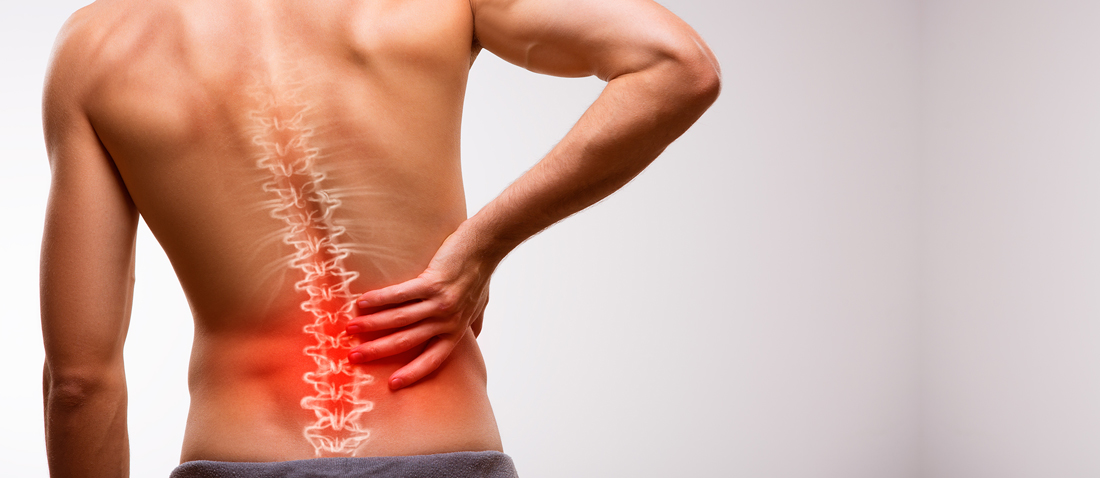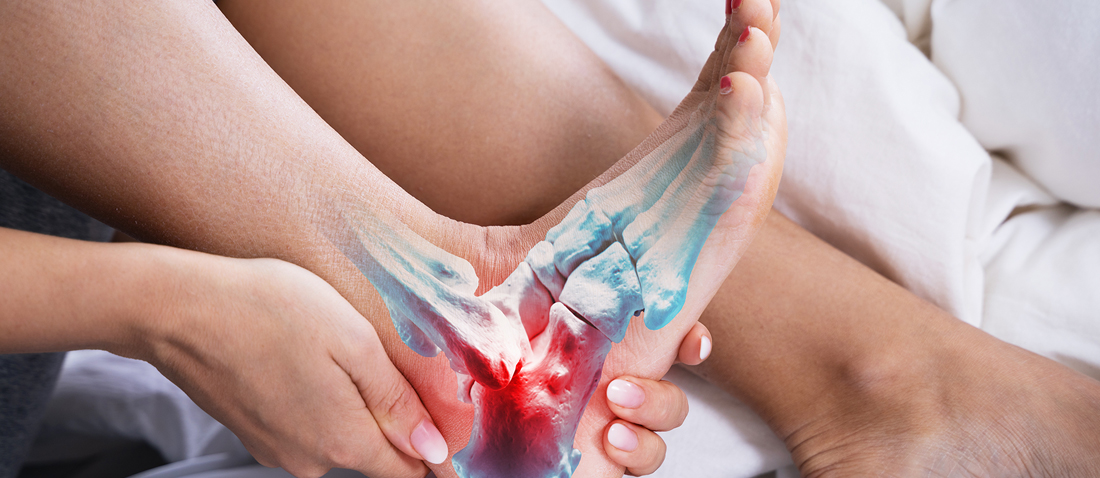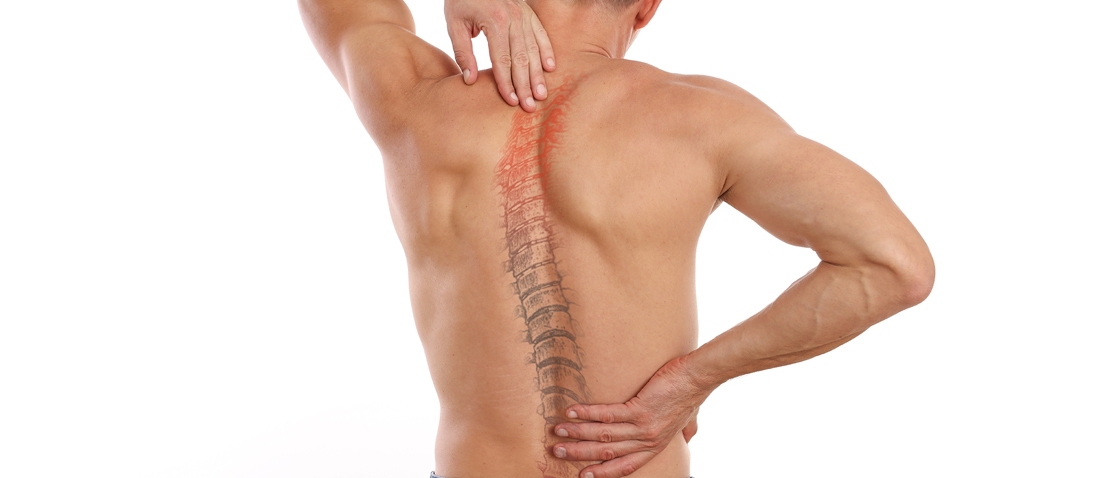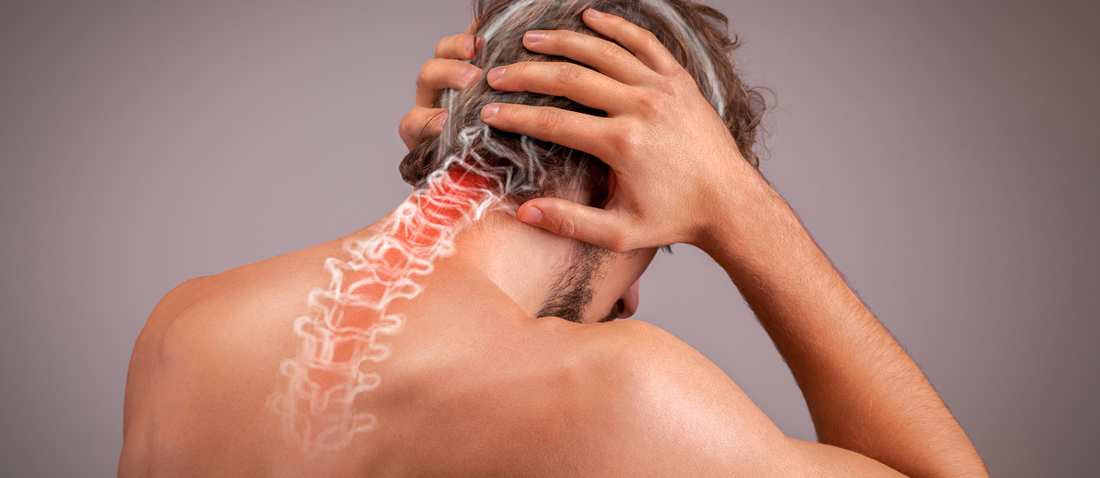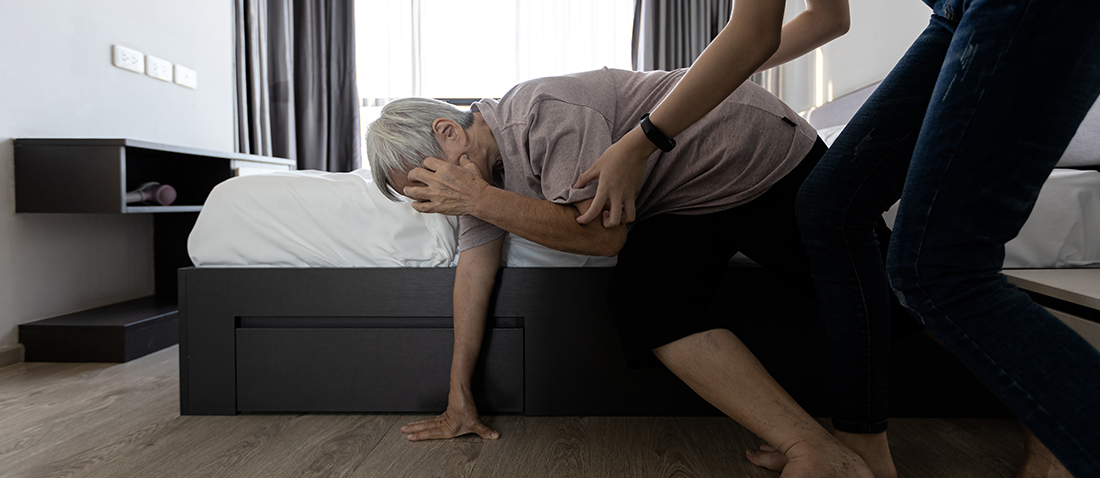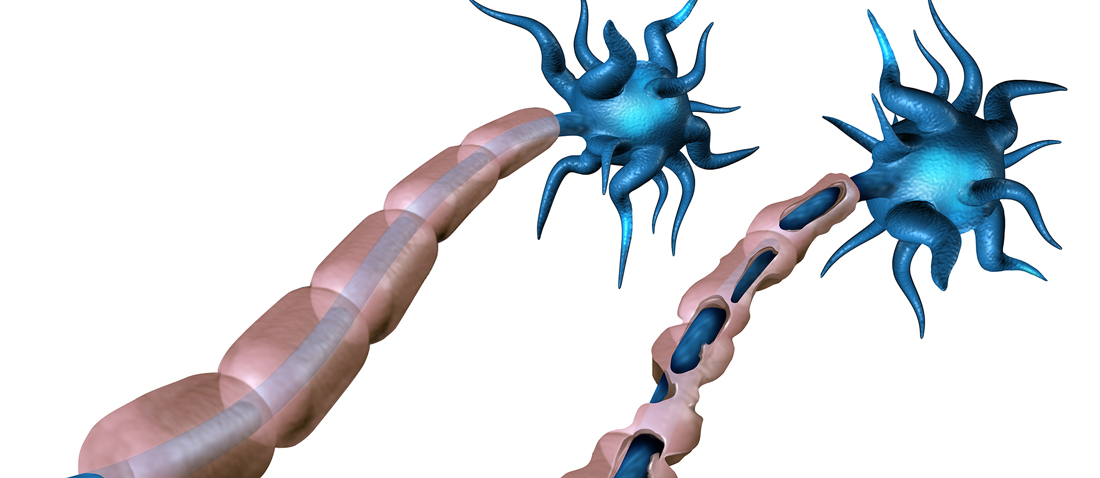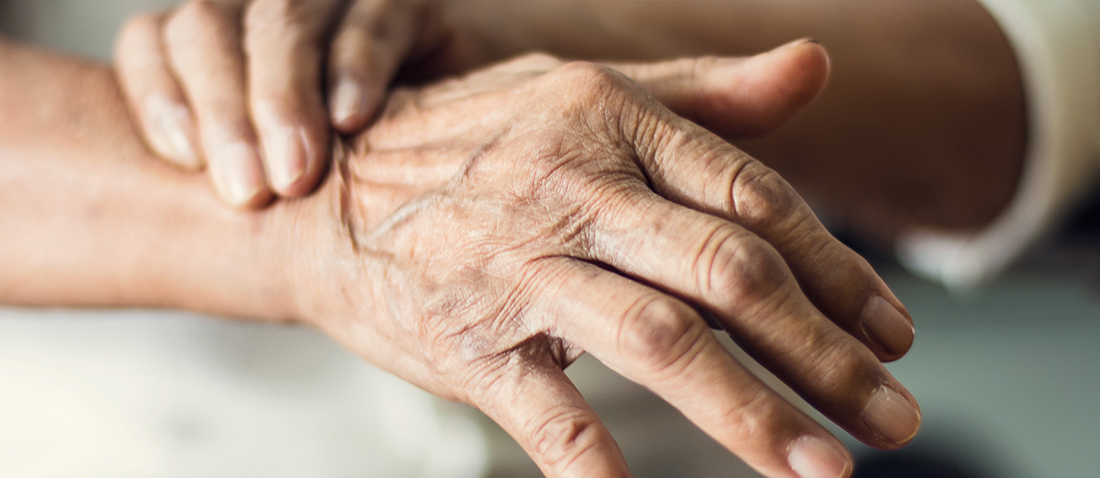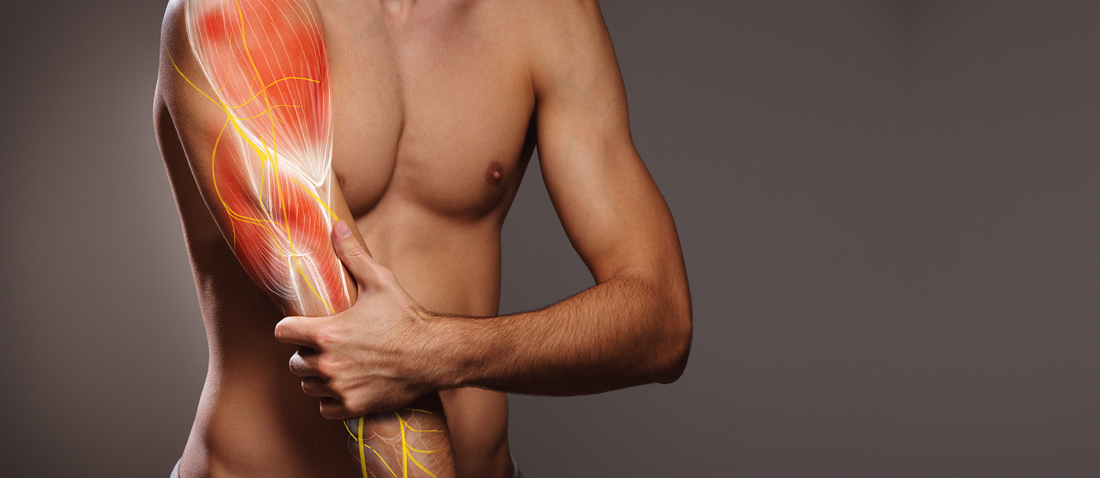
Arm pain
Arm pain may result from any acute or chronic injury to skin, muscles, joints, or bones or nerves in the arms. These injuries may be secondary to sports, performing manual labor duties, repetitive overuse, trauma, and improper exercise technique.
The symptoms that can accompany arm pain will depend on the cause.
Possible symptoms for arm pain:
• arm discoloration
• stiffness in the arm
• swelling in the arm
• swollen lymph nodes under the arm
• tingling in the arm
• neuropathic pain: numbness, tingling, burning, shock like pain
• sharp pain in the arm
• arm muscle weakness
• pain with gripping / grasping
• Changes in temperature
Common causes of arm pain:
• Skin injury
• Pinched or damaged nerves in arm or neck.
• Brachial plexus injury
• Bulging or herniated disc in the neck
• Arm sprains
• Elbow tendonitis
• Wrist Tendonitis
• Rotator cuff injury
• Broken bones in the arm
• Autoimmune conditions: Rheumatoid arthritis, lupus, psoriasis, gout or pseudogout.
• Torn tendon in the arm or bicep
• Ruptured bicep tendon
• Growth plate inflammation
• Golfer’s elbow
• Tennis elbow
• Little League Elbow
Goals of low back physical therapy treatment:
• Improve range of motion.
• Strengthen the muscles and tendons.
• Reduced referred pain to arm from neck, brachial plexus or shoulder.
